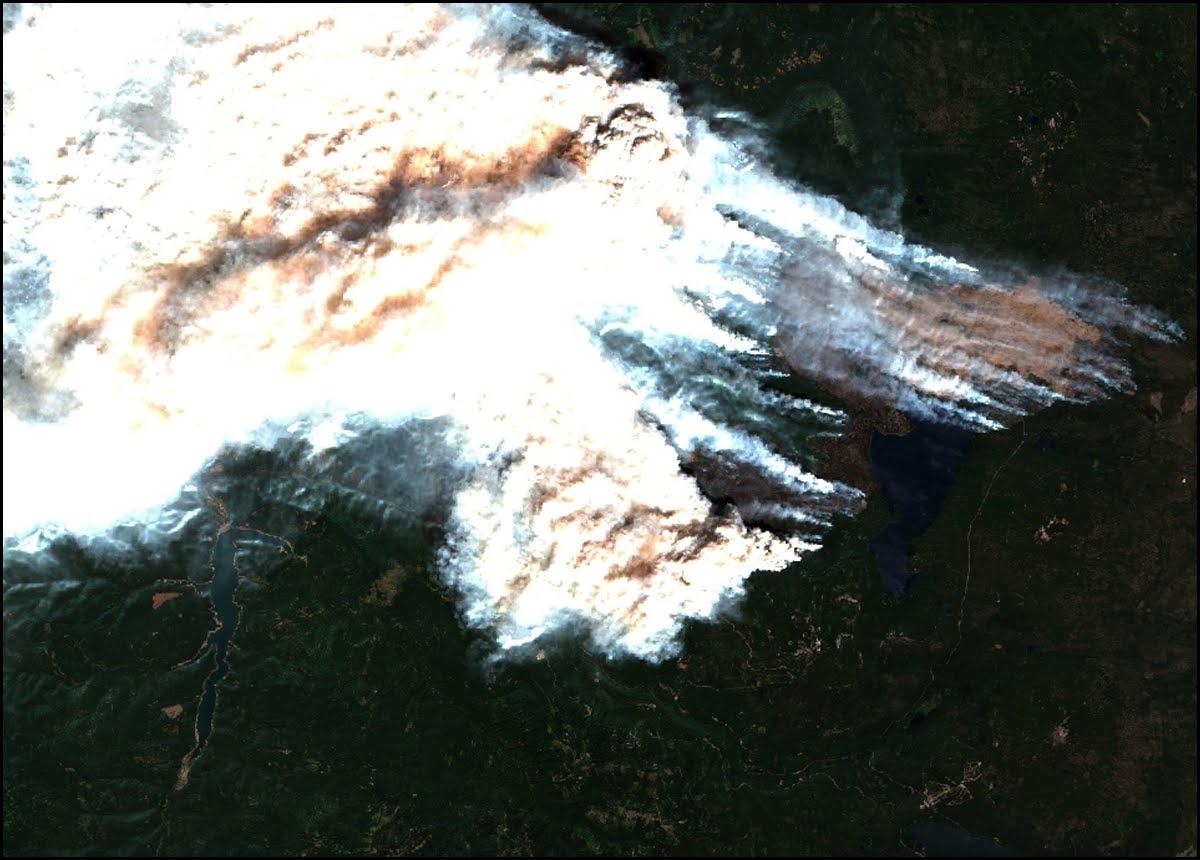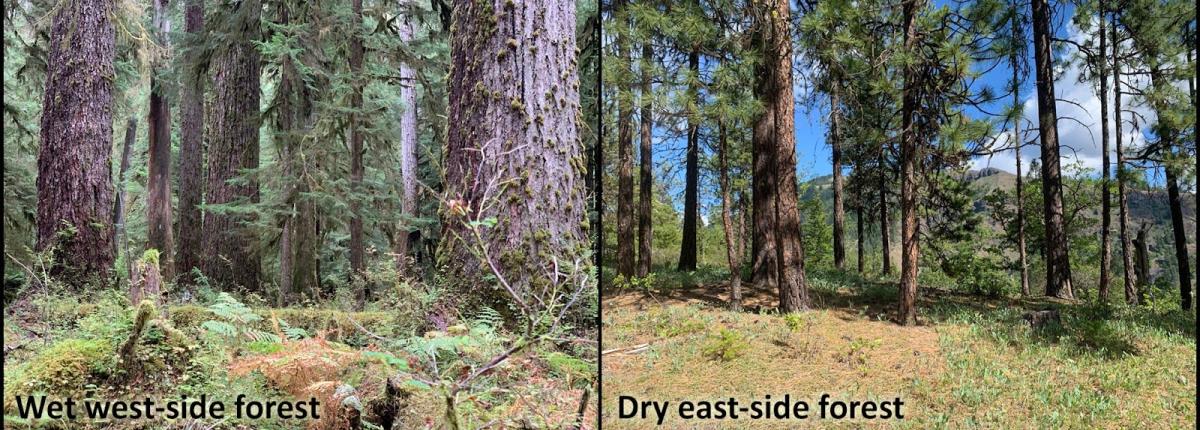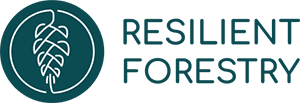Get Ready for Fire
Fri, February 16, 2024

It is all over the news, everyone knows it, so why aren’t we doing it? Well, what is it? In this case, “it” is that 100 years of fire suppression in the west has allowed forest fuels (stuff that can burn like wood, duff, and brush) to build to an unnaturally high level, and this has caused unprecedented enormous fires. One only needs to recall the tragic burning of the town of Paradise near Chico, California, the Eagle Creek fire in the Columbia River Gorge, or simply look at their fire insurance premiums (Can you even get fire insurance anymore?) to remind them that fires are getting worse and the trend is inevitably marching northward.
As with any generality, there is a great deal of missing nuance that also happens to be relevant to us in the Pacific Northwest. A nuisance nuance! A common narrative is that frequent Native-American-ignited and naturally-caused fires used to clear the understory, making especially hot fires rare. And this is true, where frequent fires used to occur.
The nuance hinges on something so obvious it gets overlooked. It is the first thing people think about when they hear the word Seattle —rain. In the early 1900’s foresters used to call the virgin forests of the Pacific Northwest (PNW) asbestos forests because it was so hard to start a fire in them.
There is a mostly clear distinction in the PNW between the wet forests to the west of the Cascade Mountains and the dry forests to the east. I recognize there are some intermediate forest types, but let us skip sub-nuances of the nuance for the sake of keeping this as simple as possible.
For now, it is sufficient to think of wet forests to the west and dry forests to the east.

West of the Cascades, it rains…a lot. In the deep dank dark forests that cloak this region, especially those with lots of spongy rotten logs and lush carpets of moss, water sticks around through the summer dry season. This has two outcomes. First, plants grow fast. Second, fires cannot spread easily. Native-American burning in this region was generally limited to near settlements, in camas meadows (yummy), and in huckleberry fields (very yummy). During most of the year in any given year there is plenty of fuel, but most of it just isn’t dry enough to burn. We forest nerds call this fire ecology “moisture limited.”
Then what about the Eagle Creek fire? Or how about all of the other recent west-side fires in Washington and Oregon? The normal weather pattern here is for cool moist winds to blow in from the ocean, which is where all that rain comes from. These winds maintain our normally high fuel moisture. But sometimes we get strange winds that blow from the dry hot continental interior toward the ocean. These winds rapidly dry the spongy logs and lush moss, which are now free to burn to their heart's content. We forest nerds call the weather that brings these winds “synoptic weather patterns.”
If these winds correspond to ignitions (campfires, lawn mowers, fireworks, or feckless boy scouts), we get huge fires because the fuel is now dry and there is a lot of it. The normal pattern of fire in such forests is many decades or centuries with no fires, irregularly interspersed with widespread fire during periods of dry east winds. A lot of severe fires will happen here eventually just as they have in the past. There were region-wide synchronous fires 600 to 400 years ago and again 220 to 120 years ago, well before most of our current infrastructure was established.
East of the Cascades, it rains much less. These forests are typically not deep, dark, and dank. That is why people love it in Bend, Oregon. It is sunny and the forests are easy to recreate in because there is not a lot of brush and besides, the ponderosa pines there smell nice. Most of these forests were maintained by frequent Native American burning because it is easy to start a fire here and have it maintain itself. The east-side forests that “western” colonizers (aka settlers, pioneers) first saw — with large platey-barked pines and understories you could ride a horse through — were almost certainly the result of Native American forest management.
Because brush and other forest fuels accumulate more slowly between fires in slower-growing dry east-side forests, the fires burn less intensely, unless there is a long time between fires. Fire can spread in these forests for many months in any given year because fuels are dry for many months each year. We forest nerds call this a “fuel limited” system rather than a “moisture limited” system.
Whew! That nuance was a nuisance. Now I hope you understand the fundamental difference between a forest where fire is primarily limited by moisture versus one where fire is primarily limited by fuel. This distinction is critical for understanding how to think about forest fires in the PNW.
So, what should you do with your lovely forest to make it safe for fire?
If you live on the west side:
Run for the hills! No, just kidding, don’t do that. Recognize that anything you do to reduce fuels will be temporary. Plants grow fast here, so fuels will rebound quickly. You would have to clear all understory every few years to have a significant long-term effect on fire behavior.
The best thing to do is to maintain fire-safe boundaries around your structures and access for firefighting. Then have a plan for escape (maybe to the ocean not the hills) as most fires that come will be during synoptic weather and will be intense (a lot of fuel and dry wind).
More severe fire is the natural order of things on the west side. If you want to increase the rate of forest rebound following a fire, consider planting more fire-adapted species and hardwoods. Conifers like pines and redwood are especially well adapted to fire. Hardwoods like alder, maple, and oak resprout after fire and create less flammable fuels.
As always, introducing more species and more complex spatial configurations of trees will provide some “insurance” against a uniformly catastrophic fire by creating variability in fuels.
If you live on the east side:
Managing your fuels will have longer lasting benefits than on the west side. As always, maintain fire-safe perimeters and access around structures. Then focus efforts on maintaining and encouraging fire resistant aspects in your forest. A short list is:
1. Reduce fuel continuity from the ground to the canopy by removing small trees that reach into the crowns of larger trees
2. Leave old trees with thick bark and reduce competition and fuel around them
3. Clean up extra fuel created during thinning
4. Create forest spatial patterns with tree clumps and gaps to make the fire more variable and save more of your trees
5. Leave some clumps of small trees for habitat and future large trees
While a century of fire suppression in the West has led to uncharacteristically high fuel loads in some regions, it has not done so in many others. The moisture-limited ecosystems west of the Cascades and the fuel-limited ecosystems east of the Cascades exhibit distinct fire behaviors. In moisture-limited systems where fire recurs infrequently, fuel is nearly always high, so the primary threat is ignitions coincident with synoptic dry winds. In fuel-limited systems where the climate is drier, fires can burn in any given year regardless of the weather, so the primary threat is how much fuel accumulates between fires. Understanding the fundamental distinction can help you make meaningful management decisions as fire becomes harder and harder to ignore.
